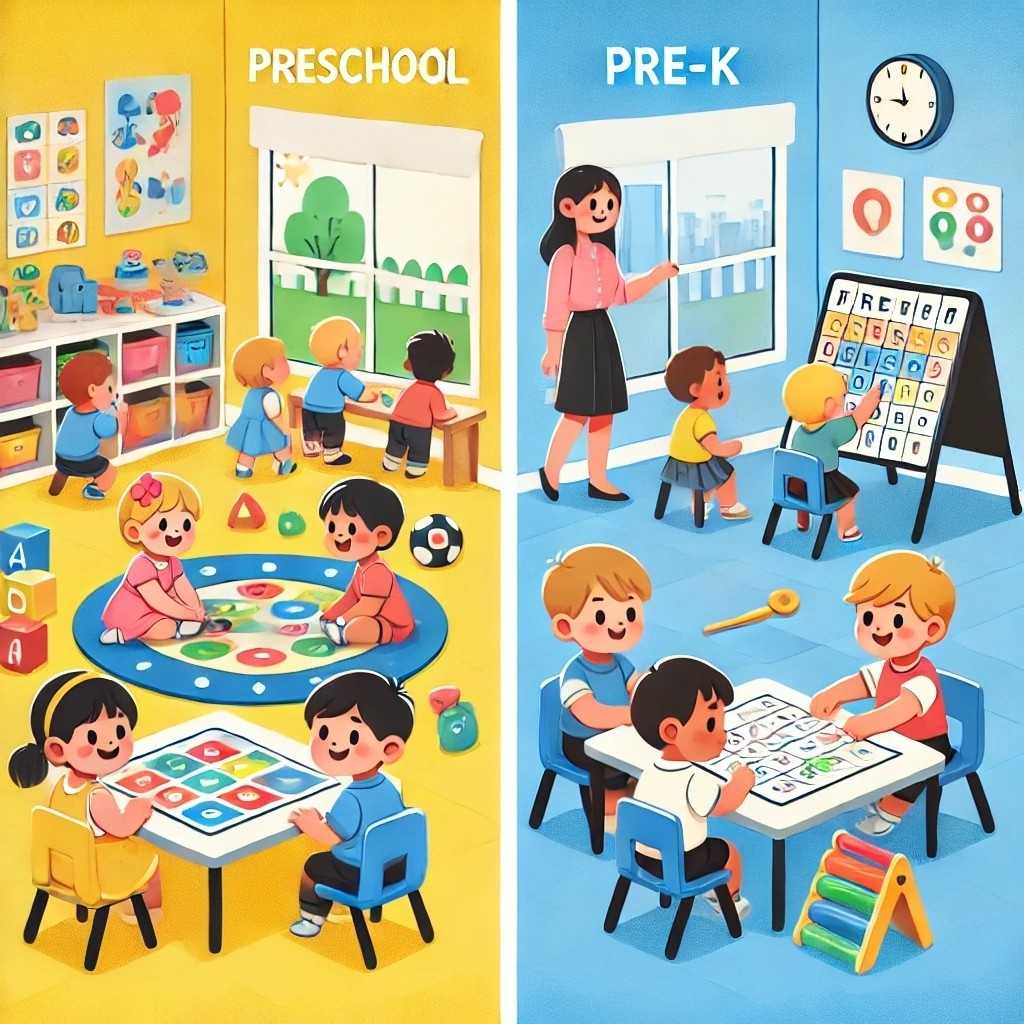Creative Sensory Learning Ideas for Early Childhood Education take everyday sights, sounds, textures, and movements and transform them into powerful catalysts for curiosity and early brain development. When children scoop grainy beans, sway to a drumbeat, or finger‑paint with zingy citrus prints, they’re not “just playing”—they’re wiring neural pathways that support language, problem‑solving, and self‑regulation for years to come. The following six activities build on that insight, offering families and educators a toolkit of low‑cost, high‑impact experiences that encourage hands‑on investigation, collaborative discovery, and joyful mess‑making. Each idea can be scaled up for a bustling preschool classroom or pared back for a cozy living‑room learning nook, proving that sensory exploration doesn’t hinge on specialized materials—only thoughtful planning and a willingness to let kids lead the way.
1. Sensory Bins

A sensory bin is essentially a tabletop sandbox customized for any topic you want to explore. Start with a shallow plastic tub and choose a base material that’s tactile yet easy to clean—think rice, dried beans, kinetic sand, or water beads softened overnight. Bury small thematic treasures (plastic letters, seashells, mini‑animals, or color‑coded pom‑poms) and add hand tools such as scoops, tongs, or measuring cups.
Why it works: Manipulating different textures strengthens fine‑motor muscles needed for pencil grip, while scooping and pouring reinforce early math concepts like volume and comparison. Kids also sharpen language skills as they label items (“smooth pebble,” “tiny dinosaur”), negotiate sharing, and narrate imaginative story lines.
Variations and extensions:
- Literacy dig – Hide magnetic letters in dyed rice; children hunt for them and spell sight words on a cookie sheet.
- Science lab – Offer ice cubes mixed with sea animals and pipettes of warm water, encouraging kids to “free” the creatures while observing melting states.
- Seasonal swap – In autumn, fill the bin with crinkly corn kernels and mini gourds; in spring, switch to floral‑scented water and floating petals.
Pro tip: Place a fitted bed sheet under the bin to catch spills, then funnel stray kernels back into storage. A simple cleanup routine preserves the fun while teaching responsibility.
2. Nature Scavenger Hunts

Nothing fuels wide‑eyed wonder quite like turning the outdoors into a treasure map. Before heading outside, craft a picture checklist featuring items likely to appear in your environment: a feather, a heart‑shaped leaf, a smooth stone, a buzzing insect. Clip the list to a clipboard and attach a washable marker or sticker sheet so young explorers can mark each discovery.
Cognitive perks abound. Children practice pattern recognition (“This leaf has veins like the picture”), develop directional vocabulary (“under,” “behind,” “next to”), and strengthen memory as they recall where they last spotted a pinecone. Collecting items for later investigation also introduces classification—kids can sort finds by color, texture, or size back in the classroom.
Integrating STEM: Equip magnifying glasses or inexpensive digital microscopes to examine bark ridges or soil grains. Invite predictions: “Which surface will the ladybug choose?” Track simple data (tally marks for insects vs. flowers) and graph results to bridge outdoor play with math lessons.
Safety and ethical reminders: Show children how to observe gently—living creatures remain in their habitat, delicate blooms stay rooted, and any trash collected goes straight to a recycle bin.
3. Sensory Storytelling

Reading aloud becomes a fully embodied adventure when you layer in sound effects, textures, and scents that echo the narrative. Select a picture book rich in descriptive language—perhaps a seaside tale featuring swishing waves, gritty sand, and salty air. Gather props such as a spray bottle of water, a tray of fine sand, a seashell to press against little ears, and a sealed jar of sea‑spray‑scented cotton.
During the read‑through, pause at pivotal moments. When the text mentions waves crashing, spritz a light mist overhead so droplets land like ocean spray. Invite children to plunge fingers into sand when the protagonist builds a castle, or to shake a rain stick when a storm rolls in. This multisensory scaffolding deepens comprehension by linking words to concrete experiences and sparks emergent writing: afterward, ask children to dictate or illustrate their own sequels using sensory cues they enjoyed.
To adapt for different themes, pair aromatic spice sachets with a story set in a bakery, or use DIY “snow” (frozen baking soda and water) for winter tales. Keep a “prop box” labeled by theme to streamline future storytelling sessions.
4. Messy Play Exploration

Sometimes learning demands exuberant chaos—enter messy play, where children squish, smear, and experiment without worrying about pristine clothes or perfect outcomes. Cornstarch “oobleck” (a 2:1 cornstarch‑to‑water mix) is a classic: pour it into a tray and show kids how it morphs from solid to liquid depending on pressure. Add food coloring stripes so swirling fingers reveal marble patterns and prompt talk about states of matter.
Mud kitchens are another crowd‑pleaser. Repurpose old pots, muffin tins, and wooden spoons in a shaded corner of the yard. Supply soil, water, and natural “seasonings” like petals or herb clippings, then watch young chefs concoct casseroles for imaginary café patrons. This unstructured lab nurtures scientific inquiry (“What happens if I add more water?”), cooperative play, and resilience—spills are opportunities to adapt, not disasters.
Cleanup strategies:
- Set boundaries with a plastic drop cloth or designated “splash zone.”
- Keep a hose or bucket station nearby for quick hand rinses.
- Use washable smocks and remind caregivers to send change‑of‑clothes bags.
Framed correctly, messy play becomes a memorable highlight of Creative Sensory Learning Ideas for Early Childhood Education, underscoring the notion that discovery often looks—and feels—delightfully untidy.
5. Music and Movement Activities

Rhythm is another sense‑rich pathway to cognition. A simple “sound safari” asks children to identify and imitate noises in their surroundings—bird chirps, passing trucks, rustling leaves—before translating them into body percussion (claps, stomps, knee slaps). For indoor sessions, assemble a basket of homemade instruments: rice‑filled shakers, pot‑lid cymbals, rubber‑band guitar boxes.
Structured songs such as “The Freeze Dance” or “Going on a Bear Hunt” weave vocabulary with gross‑motor coordination. When the lyrics call for tiptoeing through a cave or splashing across a river, children modulate speed, balance, and spatial awareness. These motor patterns strengthen neural bridges between auditory processing and kinesthetic control, laying groundwork for later reading fluency and handwriting.
Cross‑curricular twist: Integrate world cultures by sampling music genres from around the globe. While a West African djembe rhythm plays, discuss the drum’s materials and history; then invite the class to replicate the beat with their own makeshift drums. This holistic approach honors diversity while expanding auditory palettes.
6. Sensory Art Projects

Art naturally invites the senses, but you can amplify its impact with unexpected materials that beg to be squeezed, sniffed, or shaken. Try scented finger paints by adding a drop of vanilla, peppermint, or lavender oil to washable paints. Encourage children to describe how citrus yellow “smells like lemonade” while they swirl sunbursts onto paper.
For tactile depth, create collages from sandpaper, foil, velvet scraps, and bubble wrap. Each patch of texture offers a new vocabulary word—scratchy, crinkly, fuzzy—and promotes descriptive language. Older preschoolers can classify textures on a “soft to rough” continuum, linking art to early graphing skills.
Glow‑in‑the‑dark sensory bottles are another hit. Fill clear plastic bottles with warm water, glow‑stick solution, glitter, and sequins. As children shake them, they observe swirling luminescent currents, which can segue into conversations about light, reflection, and viscosity. Place finished bottles in a dark cozy corner to serve as calming tools during transition times.
Display options: Exhibit completed art at child eye‑level and include touchable samples beside laminated photos of messy in‑process moments. Documenting the sensory journey validates effort, not just end results, building confidence and pride in young creators.
Bringing It All Together
Whether you’re filling a rice‑pit “dinosaur dig” or leading a barefoot drum circle, these Creative Sensory Learning Ideas for Early Childhood Education share a common philosophy: children thrive when they can taste, touch, hear, and move through their lessons. Sensory‑rich environments honor diverse learning styles, deepen engagement, and translate abstract concepts into memorable real‑world experiences.
Start small—perhaps a single themed sensory bin or a once‑a‑week messy‑play morning—and observe how children’s attention spans stretch and their vocabulary blossoms. Rotate materials to keep novelty alive, and invite youngsters to co‑plan, ensuring activities remain developmentally appropriate and spark genuine interest. With a little imagination and a readiness to embrace noise, texture, and the occasional splash, you’ll cultivate a classroom or home space where learning is not only seen and heard but also felt in the fingertips, smelled in the breeze, and danced out across the floor. This multisensory approach doesn’t just educate; it makes childhood delightfully unforgettable.





